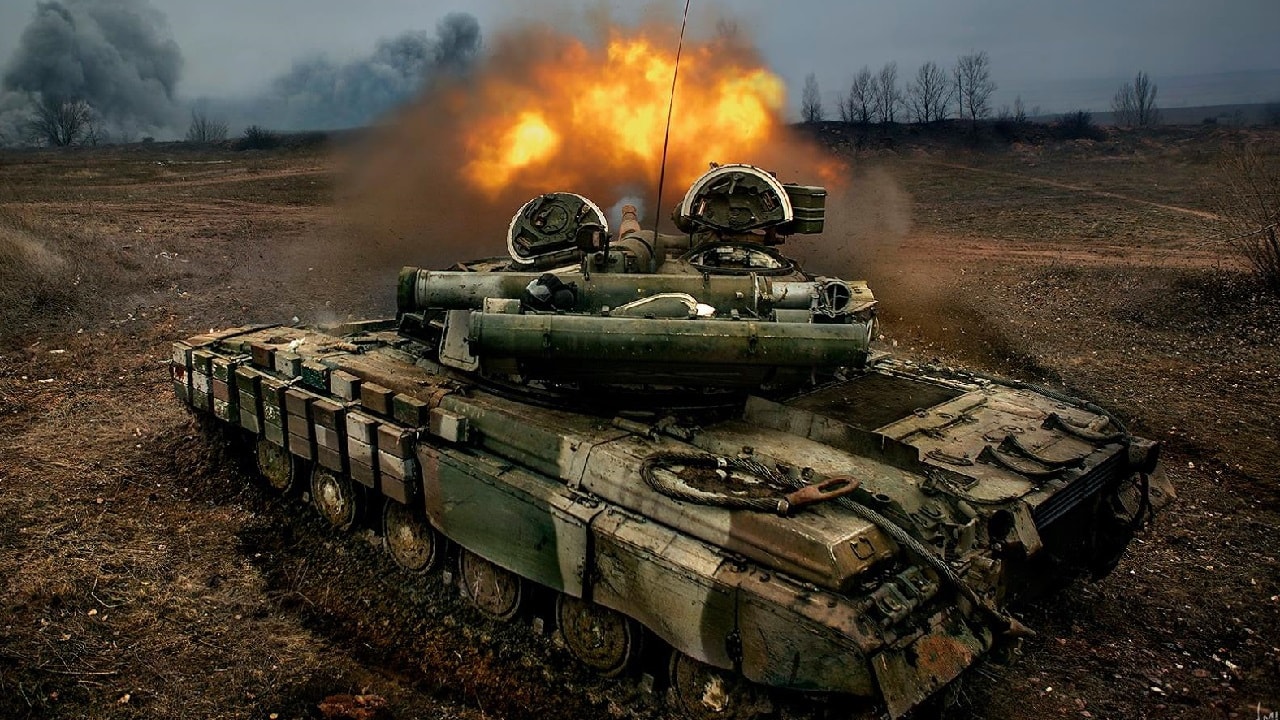Every day, the Russian military is firing fewer artillery rounds against Ukraine targets.
(Subscribe to Our YouTube Channel Here. 19FortyFive publishes new videos every day.)
This is a result of serious ammunition shortages but also might suggest that the Kremlin is preparing a large-scale offensive in the near future.
Russian Artillery in Ukraine
Historically, the Russian forces have used their regular numerical superiority in artillery to overwhelm enemy forces and enable other combat arms, such as tanks and infantry, to accomplish their objectives on the battlefield.
Ukraine wasn’t different. After all, like countries, militaries have cultures, and those cultures influence how they fight regardless of the era.
Up until recently, the Russian military had been relying on artillery to break the Ukrainian defenses and make some headway.
Indeed, for most of the summer, the Russian military was lobbing more than 20,000 shells at the Ukrainian forces every single day in an attempt to break their defenses and allow the incoming Russian tanks and infantry to capture territory.
That approach offered some lukewarm successes, and the Russian military captured Severodonetsk and Lysychansk after bitter fighting and heavy casualties.
But now things have changed. According to Ukrainian officials who spoke to CNN, the Russian forces have dropped their rate of artillery fire dramatically, “in some places by as much as 75%.” Nowadays, the Russian forces are firing approximately 5,000 artillery shells every day from an average of 20,000 rounds in the previous months.
The Russian defense and aerospace industries are suffering under Western sanctions and have trouble producing enough weapon systems and ammunition to fuel a large-scale war.
Moscow has had to reach pariah states like Iran and North Korea for weapon systems and ammunition.
But the decreased fire rate also suggests that the Russian military is getting ready—and saving its ammunition—for large-scale offensive operations once the weather permits it. Moscow has already created a reserve of around 150,000 troops.
And Ukrainian intelligence has indicated that the Russian forces are likely to launch offensive operations in the next few weeks.
Meanwhile, Ukrainian artillery is getting more rounds every few weeks, courtesy of the U.S. military and other NATO members.
Even after seven months, the Russian military hasn’t found a cure for the Ukrainian M142 High Mobility Artillery Rocket Systems (HIMARS) and M270 Multiple Launch Rocket Systems (MLRS).
The Ukrainians keep taking out with precision Russian targets. The Ukrainian long-range fires campaign is inflicting heavy casualties on the Russians.
Only a few days ago, the HIMARS strike against the makeshift barracks in Makiivka killed and wounded hundreds of Russian troops in what was the single deadliest incident in the war so far.
Artillery: The King of War
Artillery has been a core element of Russian warfighting since at least the Second World War – and is a key element of Russia’s war in Ukraine.
Dubbed the “King of the Battle” by French Emperor Napoleon Bonaparte, who began his military career as an artillery officer, artillery has the potential to win or lose a battle.
During the First World War, artillery was responsible for the most deaths of both the Allied and Central powers. Crippling barrages against the trench systems of the other side smashed flesh and morale at the same time.
In the Second World War, artillery was once more key to the successes of the Allies and Axis. The mobile nature of the conflict presented new challenges for the artillery arm but also new opportunities.
MORE: Is Donald Trump a ‘Cognitive Mess’?
MORE: Should Joe Biden Really Run in 2024?
MORE: Ron DeSantis May Peak Too Early
Expert Biography: A 19FortyFive Defense and National Security Columnist, Stavros Atlamazoglou is a seasoned defense journalist specializing in special operations, a Hellenic Army veteran (national service with the 575th Marine Battalion and Army HQ), and a Johns Hopkins University graduate.

